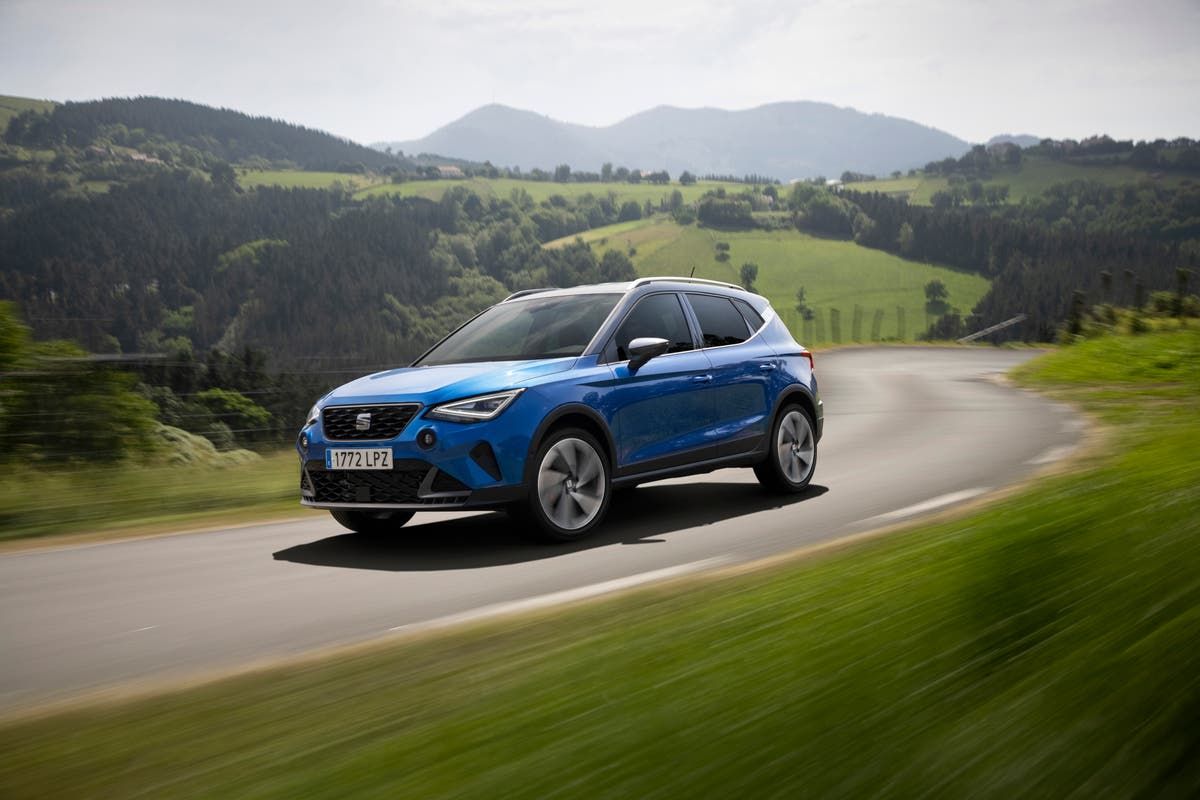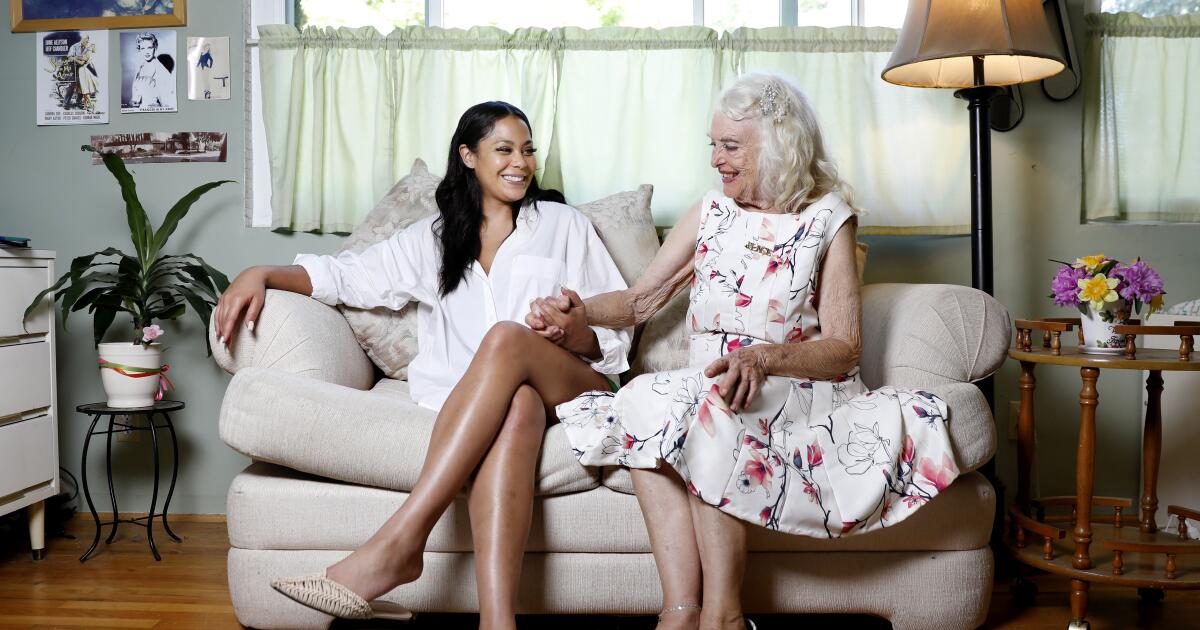Truly support
independent journalism
Our mission is to provide unbiased, fact-based reporting that holds the powerful to account and exposes the truth.
Whether it's $5 or $50, every contribution counts.
Support us in offering journalism without agenda.
YoIt's very hard to imagine anyone feeling any hostility towards a Seat Arona. Just look at it. It's been on the market for a few years now and is the Spanish brand's best-selling car. It's got a sleek, attractive style, though nothing too dramatic, and after a facelift a couple of years ago it's a bit more striking than before, with two prominent fog lights adding a bit of character.
It's still not as distinctive as the Nissan Juke, nor as contemporary in styling as the Ford Puma or Peugeot 2008, but it won't offend anyone either.
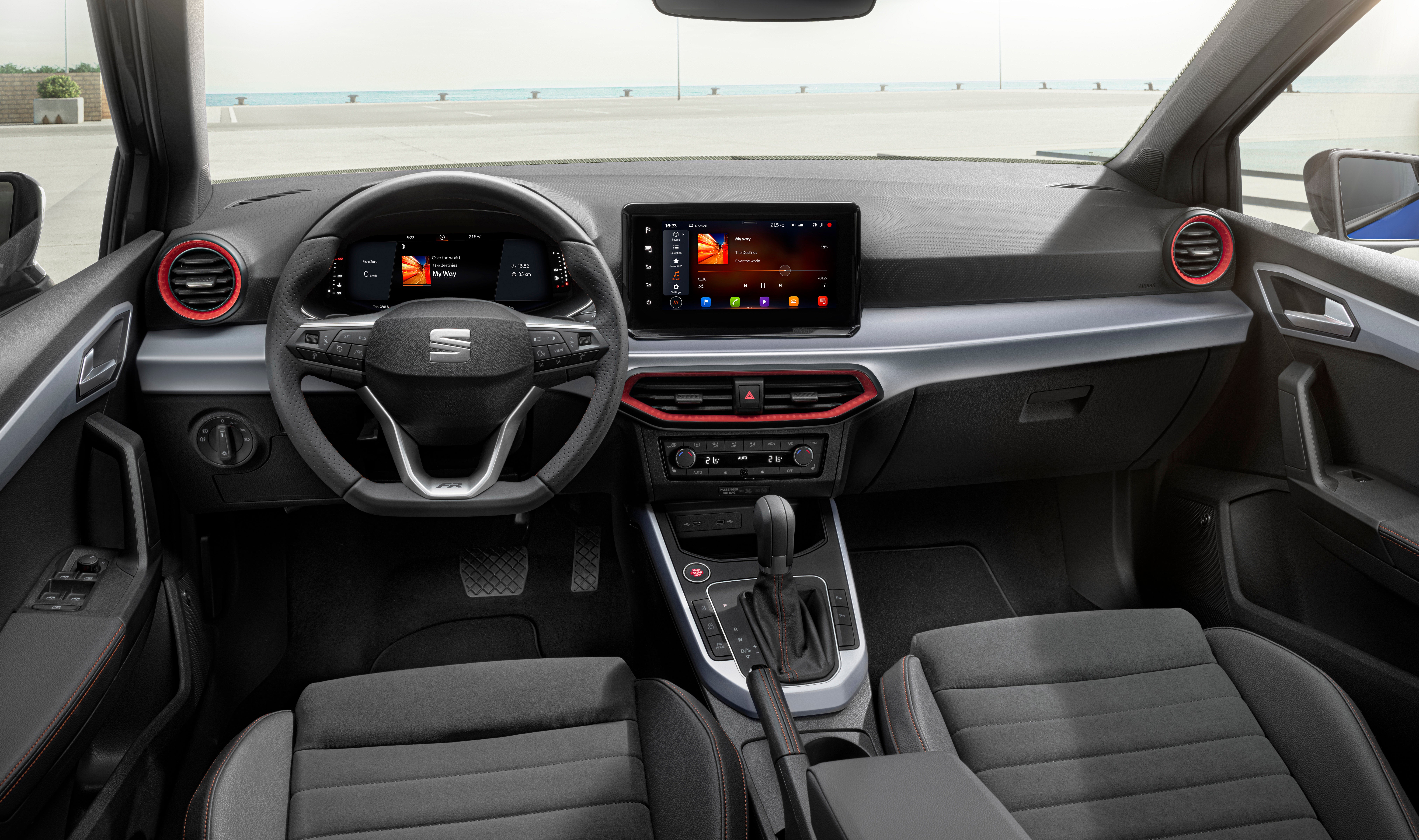
If it makes any sense, the latest addition to the Arona range, the FR Limited Edition, is even less offensive than that. The usual range of stylish metallic finishes are available, but you can also get yours in a fashionable, but undeniably grey, shade of grey. The 18-inch diamond-cut alloy wheels, on the other hand, add some glamour.
The understated interior was upgraded a couple of years ago, with better-quality plastics, and there's now a 10-inch digital cockpit and a 9.2-inch central infotainment screen, plus a brilliant Beats sound system.
For added convenience and to keep up with the competition, they also include a semi-autonomous parking assistant (which I can never trust), keyless entry, and a rear camera.
Considering the current cost of body repair (and the associated inflation of car insurance premiums), the most valuable feature you can get from a car today is a full suite of cameras and sensors that make sure you never cause even the slightest scratch to your vehicle or anyone else's. Picky leasing companies will also look sternly at even the most trivial of cosmetic damage. Protecting your car's exterior is the best investment you can make.
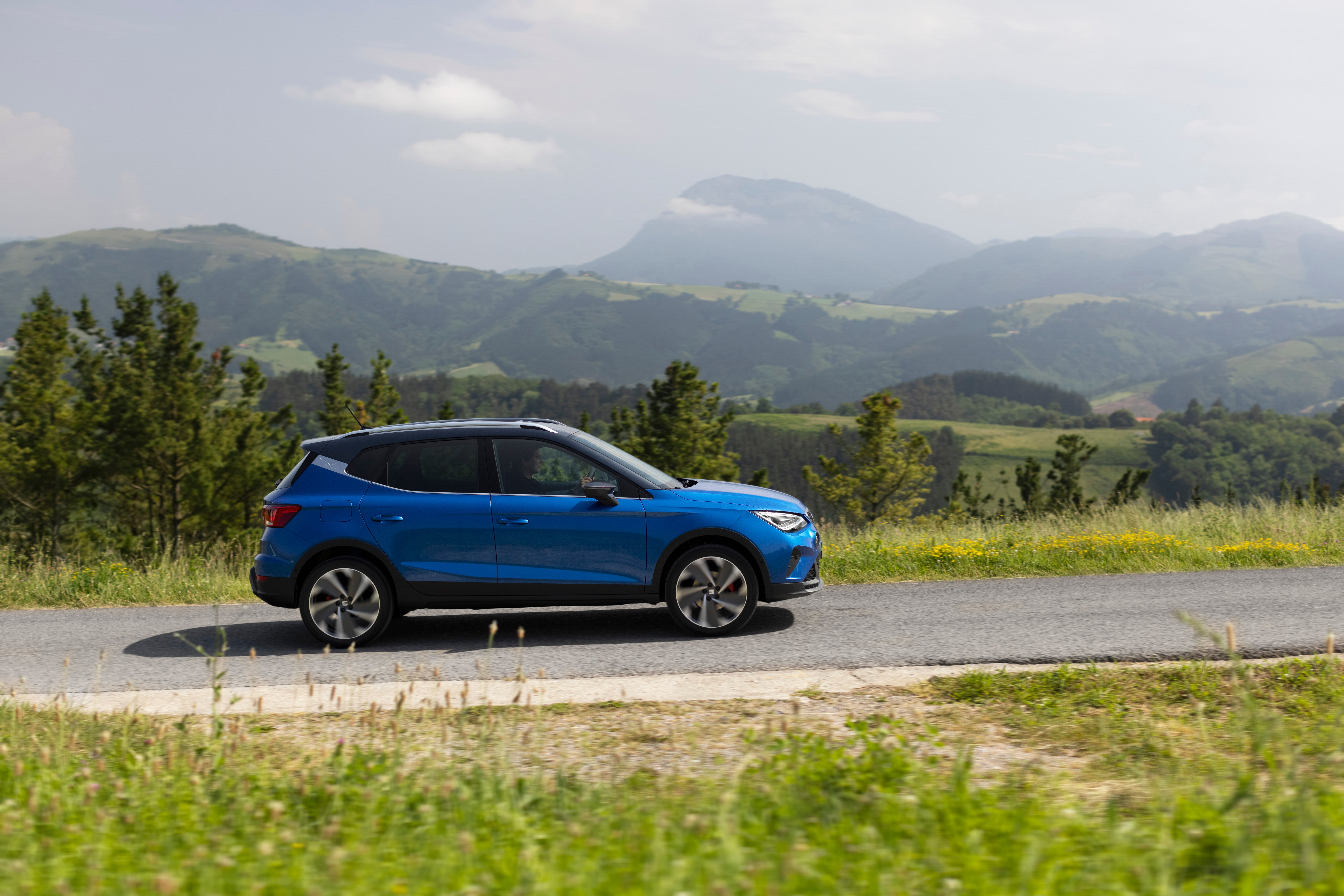
I have to say that the Arona has a lot going for it and it shouldn't be overlooked. The FR variants have a slightly sportier feel, but a slightly stiffer suspension and a 1-litre three-cylinder engine, even though it is supercharged and turbocharged, can't do much more.
The VW Group's standard “DSG” (direct short-shift, or dual-clutch, gearbox) automatic transmission feels more responsive than the hesitant one I can remember from its earliest iterations many years ago, but I don't think it's good value for money compared with a manual, which is probably also a better choice in terms of longevity (although few people drive a car for a decade these days).
THE SPECIFICATION
Seat Arona FR Limited Edition
Price: £28,620
Engine capacity: 1.0 liter gasoline 3 cylinders, 7 WP automatic
Output power (PS): 115
Maximum speed (mph): 120
0 to 60 (seconds): 10.4
Fuel Economy (mpg): 47.9
CO2 emissions (WLTP, g/km): 131
Overall it's a comfortable car, just missing a little lumbar adjustment, and the ride (as well as performance and handling) is good, as you'd expect given it's based on the Ibiza hatchback.
It's not as spacious as its in-house rival, the recently revised Skoda Kamiq, but it's big enough for most needs and larger than, say, smaller offerings from brands like Kia. The Dacia range, as ever, offers the most space per pound and with fewer pretensions.
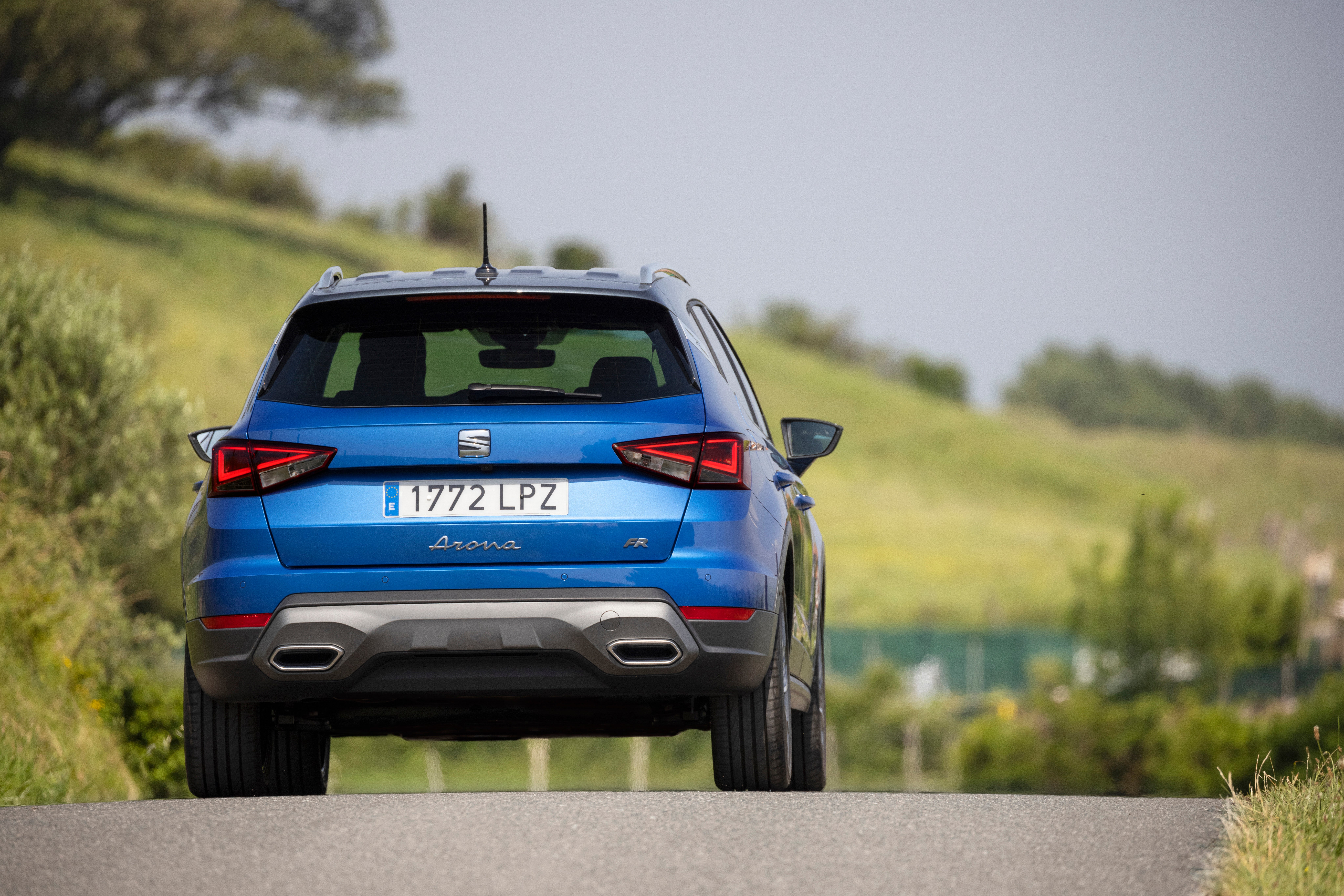
Like most models in this urban SUV segment, the Arona aims to be a five-seater, but, like its rivals, it doesn't fool anyone.
The main advantage of the Arona, now that it has entered middle age, is that if you compare prices you can find good deals.
Aside from the styling and the kind of premium ambience you'll find in the small Audi Q2 and a Mini Countryman, perhaps even the VW T-Roc, the Arona doesn't give up much to its rivals.
As I say, I can't find a bad word to say about the model itself, so to speak, but I do have to offer the hope that one day the Arona will emerge as an affordable all-electric small SUV, something that can rival the new Volvo EX30, for example, and carry the Seat name for decades to come.

